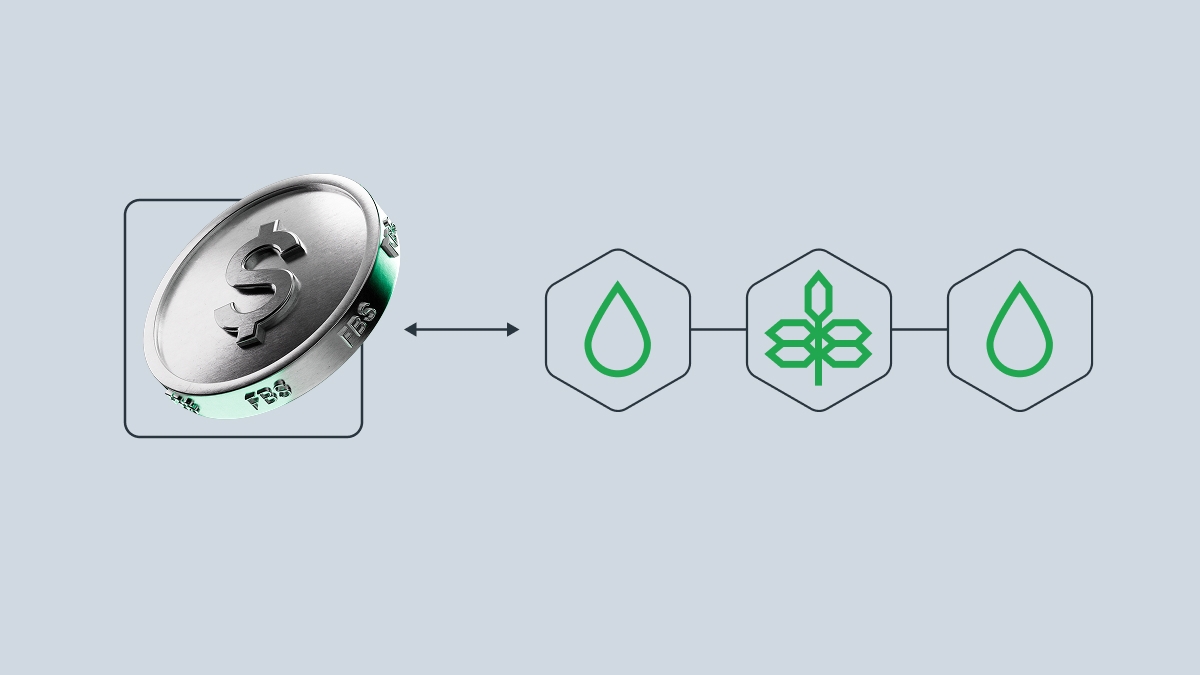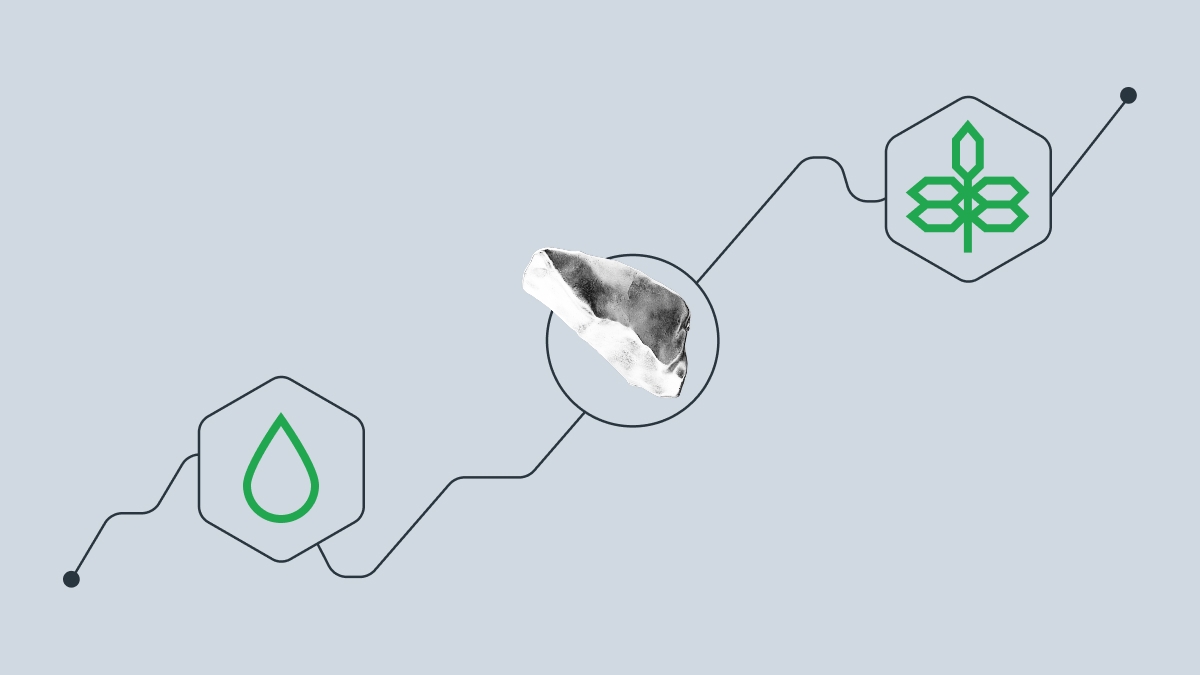Price risk management (hedging)
It’s nearly impossible to forecast movements in commodity prices. Thus, businesses may face issues when planning their budget. Futures contracts, which fix prices in advance, aid in risk management.
Producers like farmers or oil companies use futures to fix the selling price before they finish production. They do this to protect themselves in case market prices fall. Buyers like manufacturers or airlines purchase futures to lock in prices and gain more favorable terms in case prices climb.
This is a good solution if you want to plan for the long-term and minimize the risk of market shocks.
Price discovery
Futures markets show what both buyers and sellers expect. Prices in these markets give a clear view of what participants think the commodity will be worth in the future. Prices in these markets provide a clear indication of what market players believe the commodity's future value will be.
This aids buyers in determining when to stock up and producers in deciding when to sell. Additionally, it provides a clear picture and effective resource distribution across international markets. Analyzing the situation in the futures markets helps participants make more reasonable long-term decisions, unlike spot markets, which reflect current prices.
Flexibility and strategic advantage (options)
Options offer more control than standard futures. You get the right, but not the obligation, to purchase or sell a futures contract at a fixed price before a specific date.
A producer can get a put option to establish a lower boundary of the price, or a price floor, and still profit if prices increase. A buyer can buy a call option to set a higher boundary, or a ceiling, and yet benefit if the price declines. Businesses can better adjust to shifting market conditions when they have this kind of flexibility.
The risk is also lower as the option's purchase price is the maximum amount of money the buyer can lose.
Capital efficiency (leverage)
Leveraging can happen when trading commodities through futures or options. That means a trader can manage a sizable contract with a small deposit called margin.
Producers or consumers with limited budgets can hedge a whole production, or purchase volume, without needing to commit a significant amount of money. Leverage raises possible rewards while increasing risk as well. This tool must be utilized carefully.
What drives commodity prices?
Fundamental analysis
Market players use fundamental analysis to observe actual events that affect supply and demand. This includes things like world news, harvest results, politics, weather, and central bank decisions. Traders often keep an eye on inventory updates, USDA projections, and OPEC meetings. Shocks like natural disasters or sanctions can quickly shift prices. This method suits long-term strategies. Below are typical examples of how specific events affect supply, demand, and ultimately, commodity prices:
| Factor | Type of impact | Chain of effects | Result on price | Examples |
| Weather patterns | Supply | Bad weather -> crop failures/harvest reduction -> lower supply of grains | Higher prices | Drought in Brazil -> coffee shortage -> coffee prices surge |
| Supply | Natural disasters -> disruption in energy production or mining | Higher prices | Hurricane in Gulf of Mexico -> oil production halted - > oil prices rise |
| Geopolitical events | Supply & demand | War/instability -> supply chain disruptions -> reduced availability | Higher prices | Russia-Ukraine conflict -> energy and wheat supply disrupted -> oil price spikes |
| Demand | Strategic concerns -> stockpiling of energy & metals | Higher prices | Rising tensions in Asia -> countries build reserves of crude oil & metals |
| Technological Advancements | Demand | Innovation in tech -> increased production of electronics; EV’s -> higher demand for metals (e.g. lithium, copper) | Higher prices | EV boom -> Lithium demand surge |
| Government policies | Supply | Export bans/environmental rules -> restricted access to resources | Higher prices | Indonesia’s nickel export ban -> limited global supply |
| Demand | Subsidies/tax incentives -> stimulate industry growth, increase resource consumption | Higher prices | US subsidies for EV’s -> more lithium & cobalt demand |
| Supply | Tariffs & trade barriers -> higher costs or reduced imports | Higher prices | US - China steel tariffs -> domestic prices rise |
Technical analysis
Price charts, trends, and trade volume are the main subjects of technical analysis. This approach provides useful instruments such as Fibonacci retracements, moving averages, MACD, and RSI to identify entry and exit positions. A lot of traders search for patterns like Double Tops or Head and Shoulders. This is a favorite strategy of short-term traders who want to take advantage of price swings and market trends.
What is the role of the US dollar in commodity pricing?

There are several options that let you invest in commodities, depending on your experience, risk tolerance, and investment goals. You can purchase stocks of businesses that make them, trade them directly, or invest through financial products to have exposure.
Trading futures and options
Contracts for futures and options are among the most direct methods. Market participants hedge current exposure or speculate on price changes using these tools. On platforms like FBS, you can choose to trade Gold (XAUUSD), Silver (XAGUSD), Platinum (XPTUSD), Natural Gas (XNGUSD), Brent Crude Oil (XBRUSD) and WTI Crude Oil (XTIUSD), and others. Futures allow you leverage, liquidity and give you the ability to go both long and short. They do, however, need to be watched closely and pose a risk if not used carefully.
Investing in commodity-focused ETFs and mutual funds
With mutual funds and ETFs, you can invest in commodities but don’t need to actually trade the futures contracts yourself. Those products allow traders to track the price of a single commodity or a set of related assets. They are traded on stock markets and can be purchased like common shares. While some funds track commodity futures or related stocks, others focus on physical commodities, such as gold. See the table below for key examples of ETFs and mutual funds:
| Name | Type | Ticker | Focus |
| United States Oil Fund | ETF | USO | WTI crude oil futures |
| Fidelity Select Energy Portfolio | Mutual Fund | FSENX | US energy sector equities |
| Teucrium Corn Fund | ETF | CORN | Corn futures |
| SPDR Gold Shares | ETF | GLD | Physical gold bar (spot) |
Buying stocks of commodity-producing companies
You can also invest in companies that gather, grow or process raw materials. These stocks could give you dividends and usually follow the commodity's price. Oil producers might benefit as the prices of crude oil go up, and mining stocks could move with metal prices. This method is less risky than trading in futures, but the demand can still impact the commodities’ value. Here are some public companies connected to key commodities:
| Commodity | Producing Companies | Index |
| Oil | ExxonMobil | XOM |
| Gold | Newmont Corporation | NEM |
| Soy, Grains | Bunge Global | BG |
| Steel | Nucor | NUE |
What are the risks of investing in commodities?
Commodities are especially vulnerable to shifts in supply and demand, as well as to global events. Prices could fluctuate rapidly because of regulations, war or weather. Leveraged ETFs and futures can boost your potential returns, but also increase your potential losses if your timing is wrong.
Commodities generally don’t generate income in the way that stocks do, thus returns mostly depend on price changes. Don’t forget about liquidity either, particularly for rarely traded assets. It’s better to always check the risk-reward ratio before going into the market.
Who trades commodities, and why?
In commodity markets, traders fall into one of two categories: hedgers or speculators.
Hedgers include manufacturers, miners and farmers. They use commodities to avoid future price changes and get better market conditions. For example, a company that produces food might buy grain contracts to take some costs off the table, just as a gold miner might sell futures to lock in revenue.
Investors and speculators are seeking to profit from price moves. They don’t use the actual goods, but trade for financial gain. Investors also use commodities to increase returns in volatile markets, diversify their holdings, and guard against inflation.
How to invest in commodities
There are a few ways you can invest in commodities. For example, with direct futures and options trading on sites like FBS. You can select assets like Brent Crude Oil (XBRUSD), WTI (XTIUSD), Natural Gas (XNGUSD), Gold (XAUUSD), Silver (XAGUSD) and more, based on your requirements and personal priorities.
Exchange-traded funds (ETFs) or mutual funds with a commodity focus are further options. They track the price of a certain commodity, or a group of them. You may also invest indirectly by buying shares in companies that produce the commodity (like metal miners or oil corporations).
Summary


